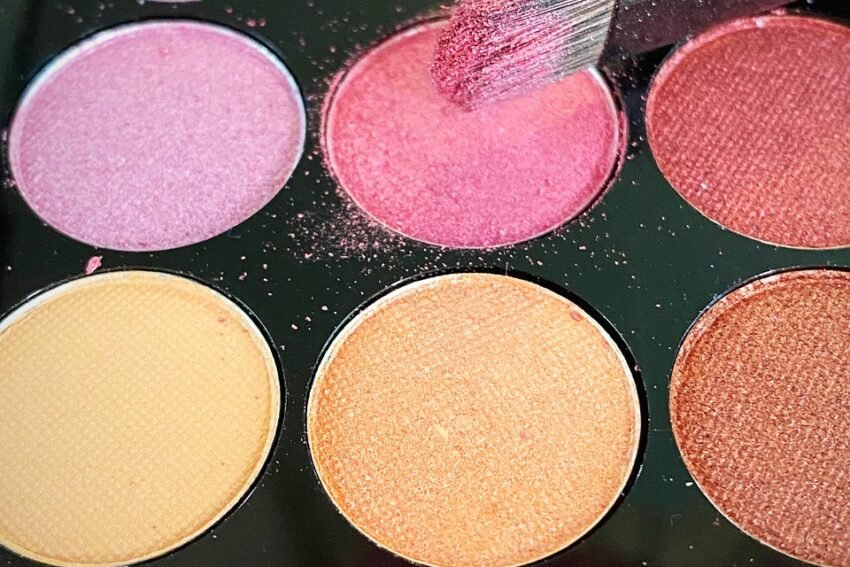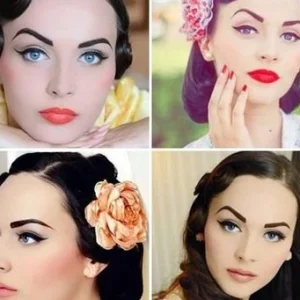Seasonal Makeup: Embracing Warm and Cool Looks
Makeup is more than just a tool for enhancing your features; it can also harmonize with the undertones of your skin. Understanding the principles of warm and cool tones allows you to select the right products—foundations, blushes, and lip colors—that beautifully complement your complexion. This guide will help you navigate the seasonal color coding system inspired by the four seasons.
Identifying Your Season
- Spring: If you have very fair skin with warm undertones, you are likely a “Spring.” This season favors light and bright colors, such as soft pinks and peachy shades.
- Summer: A medium skin tone with cool undertones classifies you as a “Summer.” Summers shine in pastel and muted colors, including lavender and soft blues.
- Fall: If you have a tan complexion, you belong to the “Fall” category, which embraces rich, warm shades like earthy browns, burnt oranges, and deep reds.
- Winter: If you possess a rich skin tone with cool undertones, you fall under the “Winter” category. Winters look stunning in bold and vibrant colors, such as jewel tones and icy shades.
Selecting the Right Products
For Winters
Foundations: Choose cool-toned foundations with a rose base. Ideal shades include rose and sand. Always test foundations on your jawline to ensure the perfect match. Use a cool-toned concealer for covering blemishes.
Blush: Opt for cool blush shades, especially from the rose family. Consider hues like blue-pink or burgundy while avoiding clear red.
Lipstick: Stick to cool-toned lip colors, including pinks, plums, and burgundies. Blue-reds and frosted options can enhance your look. A good lip brush or pencil will help define your lips perfectly.
Eyebrows: Choose eyebrow pencils in cool shades such as charcoal brown or taupe.
Eyeshadow Application Tips
- Highlighter: Start with a light neutral shade like pale taupe or gray under the brow for an illuminating effect.
- Orbital Bone: Apply a medium neutral shade on the orbital bone, blending it halfway to the lid. Shades like smoked plum or smoked navy work beautifully.
- Lid Color: Use a color that matches your eyes or a complementary neutral for the lid. Good options include taupe, cocoa, or smoked mauve.
Mascara: If you have dark eyes, opt for black mascara. Others can choose brown-black or brown, depending on their coloring.
Eyeliner: Use a crayon to line just the outer third of the upper lid for a soft, flattering look.
Hair Color Guidelines for Winters
When selecting a hair color, avoid frosted or red tones. Stick to natural or black henna, ash brown, or blue-black dyes for the best results.
Clothing Color Recommendations
Neutral Wardrobe: Build your wardrobe around classic neutrals like white, black, navy, and taupe.
Seasonal Colors:
- Winter: Incorporate deep colors such as burgundy, true blue, and emerald green into your dresses and outerwear.
- Summer: Light colors like white, navy, and true green will keep you cool and stylish.
Accessories: Opt for silver, platinum, or white gold jewelry, and select perfumes with spicy scents for an added touch.
Seasonal Outfit Ideas
Winter Wardrobe: Embrace black jackets, gray skirts, and red dresses for winter events. Casual blouses in icy gray or black paisley can pair beautifully with navy pants.
Summer Wardrobe: Choose light white jackets and skirts for a cool look. True green dresses and navy sweaters offer stylish options, while shocking pink tops add a fun pop of color.
Conclusion
Understanding your seasonal makeup palette enables you to choose products and colors that enhance your natural beauty. Experimenting with warm and cool tones will help you discover what works best for you, so don’t hesitate to switch it up with the seasons! Whether dressing for a winter gala or a summer outing, knowing your color season can significantly elevate your look.




